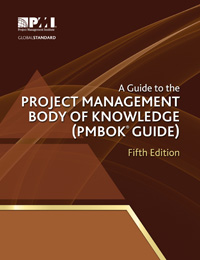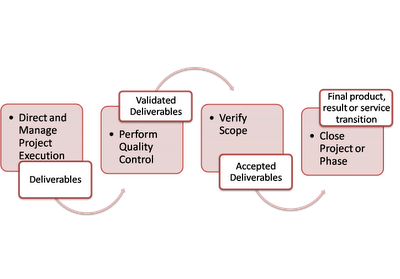PMI requires its PMP credential holders to continue their educational and professional development. So, you cannot stop after achieving your PMP credential. You still need to continue to upgrade yourself to keep the hard earned PMP credential.
Continuing Certification Requirements System
The PMP credential has to be renewed once every three years. During this three year period, a PMP credential holder is expected to accumulate 60 Professional Development Units (PDUs). Each PDU is equivalent to one hour of learning.
There are five different ways to earn your PDUs:
(1) Continuing education
(2) Self-directed learning
(3) Creating new project management knowledge
(4) Volunteer service
(5) Working as a professional in project management
International Institute for Learning
As I have written earlier, the International Project Management (IPM) Day is celebrated on the first Thursday of November every year. This year, IIL (International Institute for Learning) has put together an exciting program featuring a wide range of experts and thought leaders from the project management profession to share their knowledge through recorded video presentations.
Earn 15 PDUs for FREE
If you are interested in earning 15 PDUs to help in maintaining your PMP credential, then you can register at the IIL web site for FREE: International Project Management Day: Power of the Profession. This year's event will be available for viewing until December 31, 2012.
To claim 5 PDUs, you are required to watch a minimum of 10 presentations of your choice.
To claim 10 PDUs, you are required to watch a minimum of 20 presentations of your choice.
To claim 15 PDUs, you are required to watch a minimum of 30 presentations of your choice.
Hope you will use this opportunity to collect some useful PDUs. What other ways do you earn your PDUs? Why don't you share it with us?
Continuing Certification Requirements System
The PMP credential has to be renewed once every three years. During this three year period, a PMP credential holder is expected to accumulate 60 Professional Development Units (PDUs). Each PDU is equivalent to one hour of learning.
There are five different ways to earn your PDUs:
(1) Continuing education
(2) Self-directed learning
(3) Creating new project management knowledge
(4) Volunteer service
(5) Working as a professional in project management
International Institute for Learning
As I have written earlier, the International Project Management (IPM) Day is celebrated on the first Thursday of November every year. This year, IIL (International Institute for Learning) has put together an exciting program featuring a wide range of experts and thought leaders from the project management profession to share their knowledge through recorded video presentations.
Earn 15 PDUs for FREE
If you are interested in earning 15 PDUs to help in maintaining your PMP credential, then you can register at the IIL web site for FREE: International Project Management Day: Power of the Profession. This year's event will be available for viewing until December 31, 2012.
To claim 5 PDUs, you are required to watch a minimum of 10 presentations of your choice.
To claim 10 PDUs, you are required to watch a minimum of 20 presentations of your choice.
To claim 15 PDUs, you are required to watch a minimum of 30 presentations of your choice.
Hope you will use this opportunity to collect some useful PDUs. What other ways do you earn your PDUs? Why don't you share it with us?




